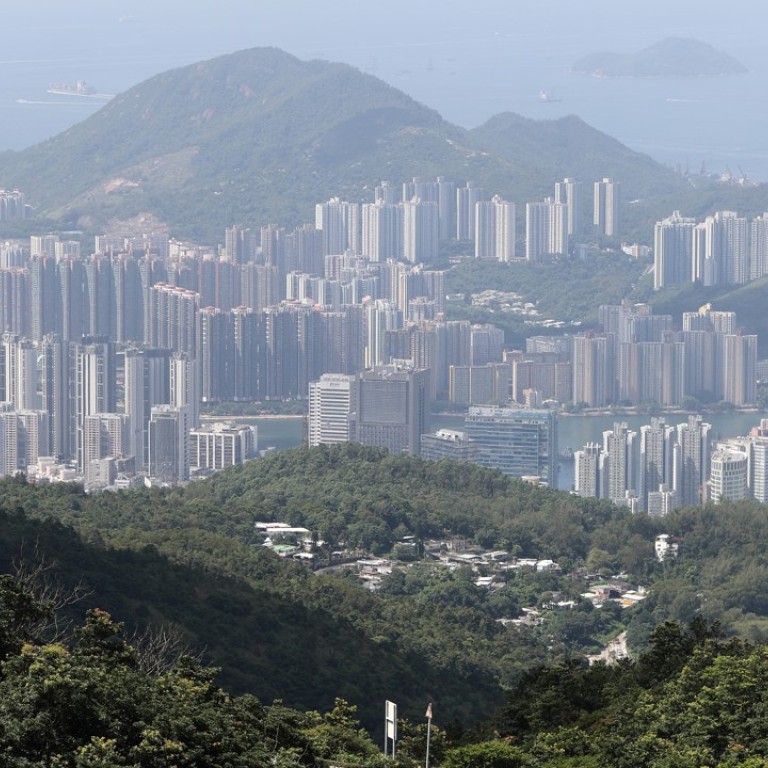
Why Hong Kong should give up some country park land in exchange for shelving Lantau reclamation
- Albert Cheng says even 5 per cent of our country parks could provide enough land for housing for decades without the expense and inefficiency of reclamation
- Limits can be set to prevent the government from over-developing country parks and to ensure that the Lantau Tomorrow Vision is set aside
Seemingly aware of the mess she had made, Lam later said the government would first research reclaiming 1,000 hectares, but she insists on pressing ahead with the artificial island. Some so-called scholars made public a joint petition in support of the proposal, but their statement was not backed up by research and figures.
The deep-rooted division in Hong Kong society originates from the housing shortage and the high property prices. This has hindered Hong Kong’s structural transformation and the sustainable development of the economy. While it is the administration’s responsibility to map out a long-term plan for land supply, reclamation is not the way out. It would be at least 20 years before buildings can be constructed on the reclaimed site.
Meanwhile, there are 19 military sites in Hong Kong with the 2,200-hectare Tsing Shan firing range in Tuen Mun being the biggest. Around one-third of it could be released for building homes. According to a research by the Liber Research Community, around 300 to 400 hectares of army barracks land could be developed for residential use. It is estimated that each hectare could accommodate 1,000 flats.
The task force did not include this option in their public consultation, as the PLA said the land is not idle. However, there are only around 10,000 military officers in Hong Kong, meaning four to five officers share one hectare, a gross under-utilisation of the space. If the government manages to get the central government’s approval, country park land could be exchanged for military land.

The upside of developing country parks is that the areas are in general easily accessible by the existing public transport
When added to the 2,300 hectares of tso and tong land in the New Territories, the total amount of land will exceed that gained from reclamation. Moreover, the ecosystem will remain untouched, while the brownfield land dispute will be settled. With an integrated planning approach, the traffic problem in urban areas could also be eased.
However, tapping some country park land is also worth considering. Our 24 country parks cover 44,300 hectares. Claiming 5 per cent of the total area – 2,000 hectares – should be enough to accommodate housing demand in the next few decades.
The upside of developing country parks is that the areas are in general easily accessible by the existing public transport. The only downside would be sacrificing some picnic and hiking spots. To make sure the government does not over-develop the country parks, an agreement should be enacted that limits the amount of land permitted for development while specifying that it is in exchange for shelving the artificial island proposal.
If the legislative councillors and the community exert pressure on the government, Carrie Lam would be unable to ignore the opposition to reclamation.
Albert Cheng King-hon is a political commentator. [email protected]

